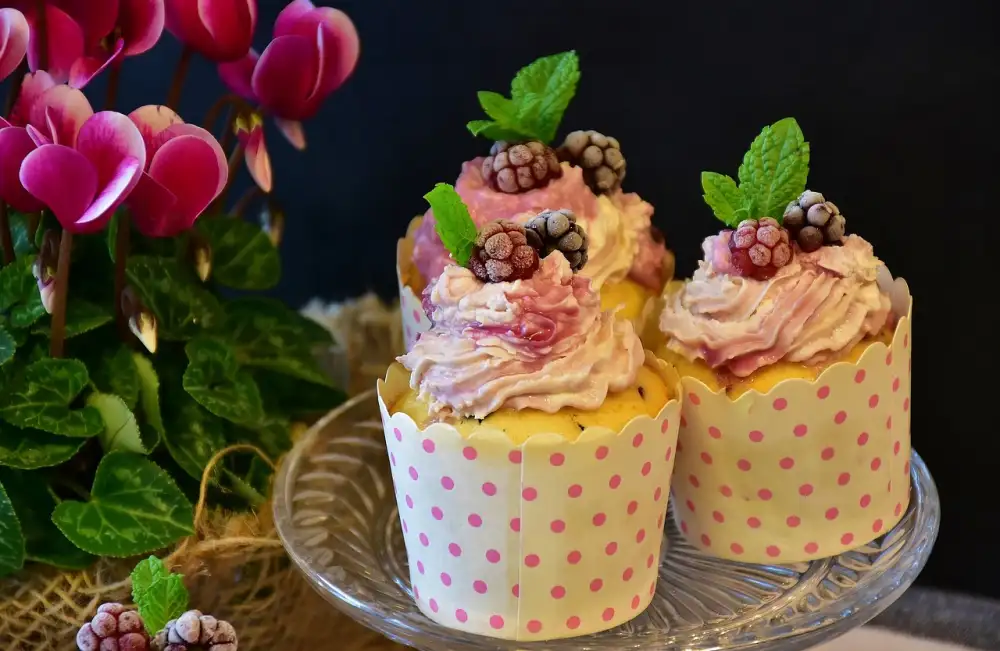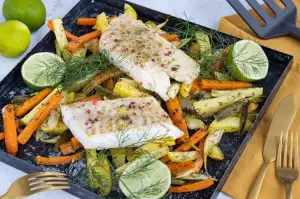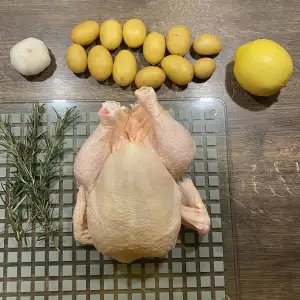Decadent Buttercream Frosting: A Sweet Indulgence for Your Culinary Creations

Buttercream icing is a versatile and indulgent frosting that adds a rich and creamy finish to cakes, cupcakes, and other baked goods. It is a classic choice for those with a sweet tooth, known for its smooth texture and ability to hold intricate designs when piped. Buttercream is made from simple ingredients like butter, sugar, and flavorings, making it a popular choice for both home bakers and professional pastry chefs. Its decadent taste and ease of customization have made it a staple in the world of baking.
History and Origins of Buttercream
Buttercream frosting has a rich history dating back to the 17th century in Europe. It is believed to have originated in Italy, where it was known as "Italian meringue buttercream." The French also played a significant role in developing buttercream, creating their version known as "French buttercream," which uses egg yolks instead of egg whites. Over time, buttercream recipes evolved and spread throughout Europe and eventually made their way to America, where they became a staple in baking and cake decorating. Today, buttercream remains a beloved frosting choice for its creamy texture and versatility in creating beautifully decorated cakes and pastries.
Ingredients Required for Making Buttercream
To make a delicious buttercream frosting, you will need simple yet essential ingredients. The basic recipe includes unsalted butter, confectioners' sugar (also known as powdered sugar), pure vanilla extract, and a pinch of salt. Some recipes also call for heavy cream or milk to adjust the consistency of the frosting. These common ingredients come together to create a smooth and creamy texture that is perfect for decorating cakes, cupcakes, and other baked goods.
Step-by-Step Instructions for Making Buttercream
To make a classic buttercream frosting, start by beating softened unsalted butter until creamy. Gradually add powdered sugar and continue beating until light and fluffy. Incorporate vanilla extract or other flavorings for taste. For a smoother texture, add a splash of heavy cream or milk. Adjust the consistency by adding more powdered sugar for stiffness or liquid for a softer finish. Beat on high speed until the desired consistency is achieved, then use immediately or store in the refrigerator for later use.
Variations and Flavors of Buttercream
When it comes to buttercream frosting, the possibilities for variations and flavors are endless. Some popular variations include:
1. **Vanilla Buttercream**: A classic choice made with vanilla extract for a simple yet delicious flavor.
2. **Chocolate Buttercream**: Incorporating cocoa powder or melted chocolate for a rich and decadent twist.
3. **Lemon Buttercream**: Adding lemon zest or juice for a refreshing and tangy taste.
4. **Coffee Buttercream**: Infusing coffee or espresso into the frosting for a subtle caffeine kick.
5. **Fruit-Flavored Buttercream**: Using fruit purees like raspberry, strawberry, or passionfruit to create vibrant and fruity frostings.
Experimenting with different extracts, essences, spices, or even liqueurs can also elevate the flavor profile of your buttercream frosting. The key is to balance the sweetness with the desired flavor intensity to complement your baked goods perfectly.
Tips and Tricks for Perfect Buttercream
To achieve the perfect buttercream frosting, start by ensuring that your butter is at room temperature for smooth incorporation. Sift your powdered sugar to avoid lumps and create a silky texture. Add the sugar gradually to prevent a gritty consistency. Whip the butter until it's light and fluffy before adding any other ingredients. If your buttercream is too stiff, add a splash of milk or cream; if it's too runny, add more powdered sugar. Experiment with different extracts and flavors to customize your buttercream to suit the dessert you're creating.
Common Uses of Buttercream in Baking
Buttercream frosting is a versatile and popular choice for decorating and filling various baked goods. It is commonly used to frost cakes, cupcakes, and cookies, adding a smooth and creamy texture that complements the sweetness of the dessert. Buttercream can also be piped onto desserts to create intricate designs, swirls, or flowers, making it a favorite among bakers for its decorative possibilities. Additionally, buttercream can be flavored with extracts, fruits, or chocolate to enhance the overall taste of the baked goods. Its ability to hold its shape well at room temperature makes it ideal for creating stunning cake decorations that are both visually appealing and delicious.
Buttercream frosting is a versatile and decadent addition to any baker's repertoire. Its rich, creamy texture and ability to hold intricate designs make it a favorite among bakers and dessert enthusiasts alike. Whether you prefer the classic vanilla buttercream or want to experiment with unique flavors like chocolate or citrus, buttercream offers endless possibilities for creativity in the kitchen.
Mastering the art of making buttercream requires practice and attention to detail, but the results are well worth the effort. By using high-quality ingredients, following precise measurements, and incorporating air into the mixture through proper mixing techniques, you can achieve a smooth and luxurious buttercream every time.
Whether you're frosting a cake, piping delicate flowers onto cupcakes, or filling macarons, buttercream adds a touch of elegance and sweetness to any baked creation. So next time you're in the kitchen, consider indulging in the decadent delight of buttercream frosting – your taste buds will thank you!
Published: 05. 05. 2024
Category: Recipes



